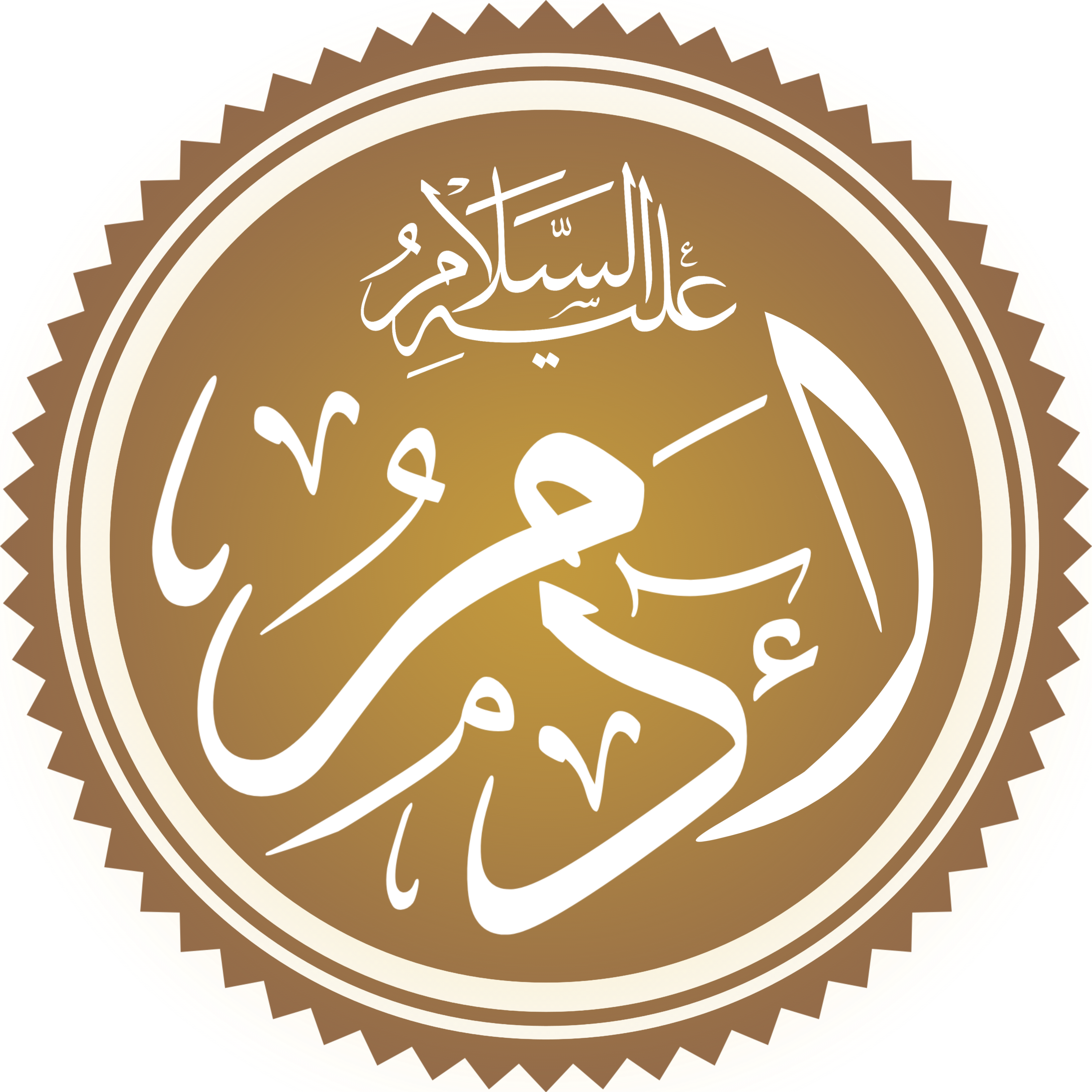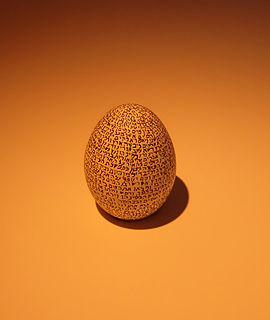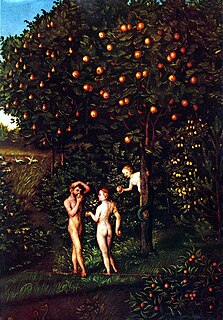 W
WAdam and Eve, according to the creation myth of the Abrahamic religions, were the first man and woman. They are central to the belief that humanity is in essence a single family, with everyone descended from a single pair of original ancestors. They also provide the basis for the doctrines of the fall of man and original sin that are important beliefs in Christianity, although not held in Judaism or Islam.
 W
WAdam is a figure in the Book of Genesis in the Hebrew Bible, and in the Quran and Christian belief. According to the creation myth of the Abrahamic religions, he was the first man. In both Genesis and Quran, Adam and his wife were expelled from the Garden of Eden for eating the fruit of the tree of knowledge of good and evil.
 W
WEve is a figure in the Book of Genesis in the Hebrew Bible as well as a figure in the Quran. According to the origin story of the Abrahamic religions, she was the first woman. Eve is known also as Adam's wife.
 W
WÂdam or Aadam is believed to have been the first human being and Nabi on Earth, in most sects of Islam. Adam's role as the father of the human race is looked upon by Muslims with reverence. Muslims also refer to his wife, Hawwa, as the "mother of mankind". Muslims see Adam as the first Muslim, as the Quran states that all the Prophets preached the same faith of Islam.
 W
WAllusions in rabbinic literature to the Biblical figure Adam, created according to the Book of Genesis by God in the Garden of Eden as the first man, expand and elaborate and draw inferences from what is presented in the text of the Bible itself.
 W
WAdam's ale is a colloquial allusion meaning water. It alludes to the idea that the biblical Adam had only water to drink. This inference gained popularity around the beginning of the 19th-century temperance movement.
 W
WThe Adam's apple, or laryngeal prominence, colloquially known as the neck triangle, is the lump or protrusion in the human neck formed by the angle of the thyroid cartilage surrounding the larynx seen especially in males.
 W
WAdamah is a word, translatable as ground or earth, which occurs in the Biblical account of Creation of the Book of Genesis. The etymological link between the word adamah and the word adam is used to reinforce the teleological link between humankind and the ground, emphasising both the way in which man was created to cultivate the world, and how he originated from the "dust of the ground". Because man is both made from the adamah and inhabits it, his duty to realise his own potential is linked to a corresponding duty to the earth. In Eden, the adamah has primarily positive connotations, although Adam's close relationship with the adamah has been interpreted as likening him to the serpent, which crawls upon the ground, thus emphasising his animal nature.
 W
WBereshit, Bereishit, Bereshis, Bereishis, B'reshith, Beresh't, Beresheet, or Bereishees is the first weekly Torah portion in the annual Jewish cycle of Torah reading. The parashah consists of Genesis 1:1–6:8.
 W
WIn Judaism, Christianity, and some other Abrahamic religions, the cultural mandate is the divine injunction found in Genesis 1:28, in which God, after having created the world and all in it, ascribes to humankind the tasks of filling, subduing, and ruling over the earth. The cultural mandate includes the sentence "Be fruitful and multiply and fill the Earth." The cultural mandate is given to Adam and Eve.
 W
WThe fall of man, or the fall, is a term used in Christianity to describe the transition of the first man and woman from a state of innocent obedience to God to a state of guilty disobedience. The doctrine of the fall comes from a biblical interpretation of Genesis chapter 3. At first, Adam and Eve lived with God in the Garden of Eden, but the serpent tempted them into eating the fruit from the tree of knowledge of good and evil, which God had forbidden. After doing so, they became ashamed of their nakedness and God expelled them from the Garden to prevent them from eating from the tree of life and becoming immortal.
 W
WThe expression "fig leaf" is widely used figuratively to convey the covering up of an act or an object that is embarrassing or distasteful with something of innocuous appearance, a metaphorical reference to the Biblical Book of Genesis in which Adam and Eve used fig leaves to cover their nudity after eating the forbidden fruit from the tree of the knowledge of good and evil. Some paintings and statues have the genitals of their subjects covered by a representation of an actual fig leaf or similar object, either as part of the work or added afterward for perceived modesty.
 W
WForbidden fruit is a name given to the fruit growing in the Garden of Eden which God commands mankind not to eat. In the biblical narrative, Adam and Eve eat the fruit from the tree of the knowledge of good and evil and are exiled from Eden.And the Lord God commanded the man, saying, Of every tree of the garden thou mayest freely eat: But of the tree of the knowledge of good and evil, thou shalt not eat of it: for in the day that thou eatest thereof thou shalt surely die.
 W
WThe Garden of Eden, also called the Terrestrial Paradise, or simply Paradise, is the biblical "Garden of God" described in the Book of Genesis and the Book of Ezekiel. Genesis 13:10 refers to the "garden of God", and the "trees of the garden" are mentioned in Ezekiel 31:9. The Book of Zechariah and the Book of Psalms also refer to trees and water, without explicitly mentioning Eden.
 W
WThe Genesis creation narrative is the creation myth of both Judaism and Christianity. The narrative is made up of two stories, roughly equivalent to the first two chapters of the Book of Genesis. In the first, Elohim creates the heavens and the Earth in six days, then rests on, blesses and sanctifies the seventh. In the second story, God, now referred to by the personal name Yahweh, creates Adam, the first man, from dust and places him in the Garden of Eden, where he is given dominion over the animals. Eve, the first woman, is created from Adam and as his companion.
 W
WThe Lonely Man of Faith is a philosophical essay written by Rabbi Joseph B. Soloveitchik, first published in the summer 1965 issue of Tradition, as a book by Doubleday in 1992 and published in a newly revised edition in 2011 by Koren Publishers Jerusalem.
 W
WOriginal sin is the Christian doctrine that humans inherit a tainted nature and a proclivity to sin through the fact of birth. Theologians have characterized this condition in many ways, seeing it as ranging from something as insignificant as a slight deficiency, or a tendency toward sin yet without collective guilt, referred to as a "sin nature", to total depravity or automatic guilt of all humans through collective guilt. While the doctrine is not found in the Bible and prior church fathers rejected it, the doctrine began to emerge in the third century but only became fully formed with the writings of Augustine (354–430), who was additionally the first author to use the phrase "original sin". Augustine said that free will was weakened but not destroyed by original sin. Augustine's formulation of original sin was popular among Protestant reformers, such as Martin Luther and John Calvin, who equated original sin with concupiscence, affirming that it persisted even after baptism and completely destroyed freedom to do good and proposed that original sin involved a loss of free will except to sin. Modern Augustinian Calvinism holds this view. The Jansenist movement, which the Catholic Church declared heretical from 1653, also maintained that original sin destroyed freedom of will. Instead the Catholic Church declares "Baptism, by imparting the life of Christ's grace, erases original sin and turns a man back towards God, but the consequences for nature, weakened and inclined to evil, persist in man and summon him to spiritual battle." "Weakened and diminished by Adam's fall, free will is yet not destroyed in the race."
 W
WRosh Hashanah, literally meaning "head [of] the year", is the Jewish New Year. The biblical name for this holiday is Yom Teruah, literally "day of shouting or blasting". It is the first of the Jewish High Holy Days specified by Leviticus 23:23–32 that occur in the early autumn of the Northern Hemisphere.
 W
WSefer Raziel HaMalakh,, is a grimoire of Practical Kabbalah from the Middle Ages written primarily in Hebrew and Aramaic. The Liber Razielis Archangeli, its 13th-century Latin translation produced under Alfonso X, survives.
 W
WSerpents are referred to in both the Hebrew Bible and the New Testament. The symbol of a serpent or snake played important roles in religious and cultural life of ancient Egypt, Canaan, Mesopotamia and Greece. The serpent was a symbol of fertility. Nāḥāš, Hebrew for "snake", is also associated with divination, including the verb form meaning "to practice divination or fortune-telling". In the Hebrew Bible, Nāḥāš occurs in the Torah to identify the serpent in the Garden of Eden. Throughout the Hebrew Bible, it is also used in conjunction with seraph to describe vicious serpents in the wilderness. The tannin, a dragon monster, also occurs throughout the Hebrew Bible. In the Book of Exodus, the staffs of Moses and Aaron are turned into serpents, a nāḥāš for Moses, a tannin for Aaron.
 W
WThe tree of life is a term mentioned in the Hebrew Bible.
 W
WThe tree of the knowledge of good and evil is one of two specific trees in the story of the Garden of Eden in Genesis 2–3, along with the tree of life.